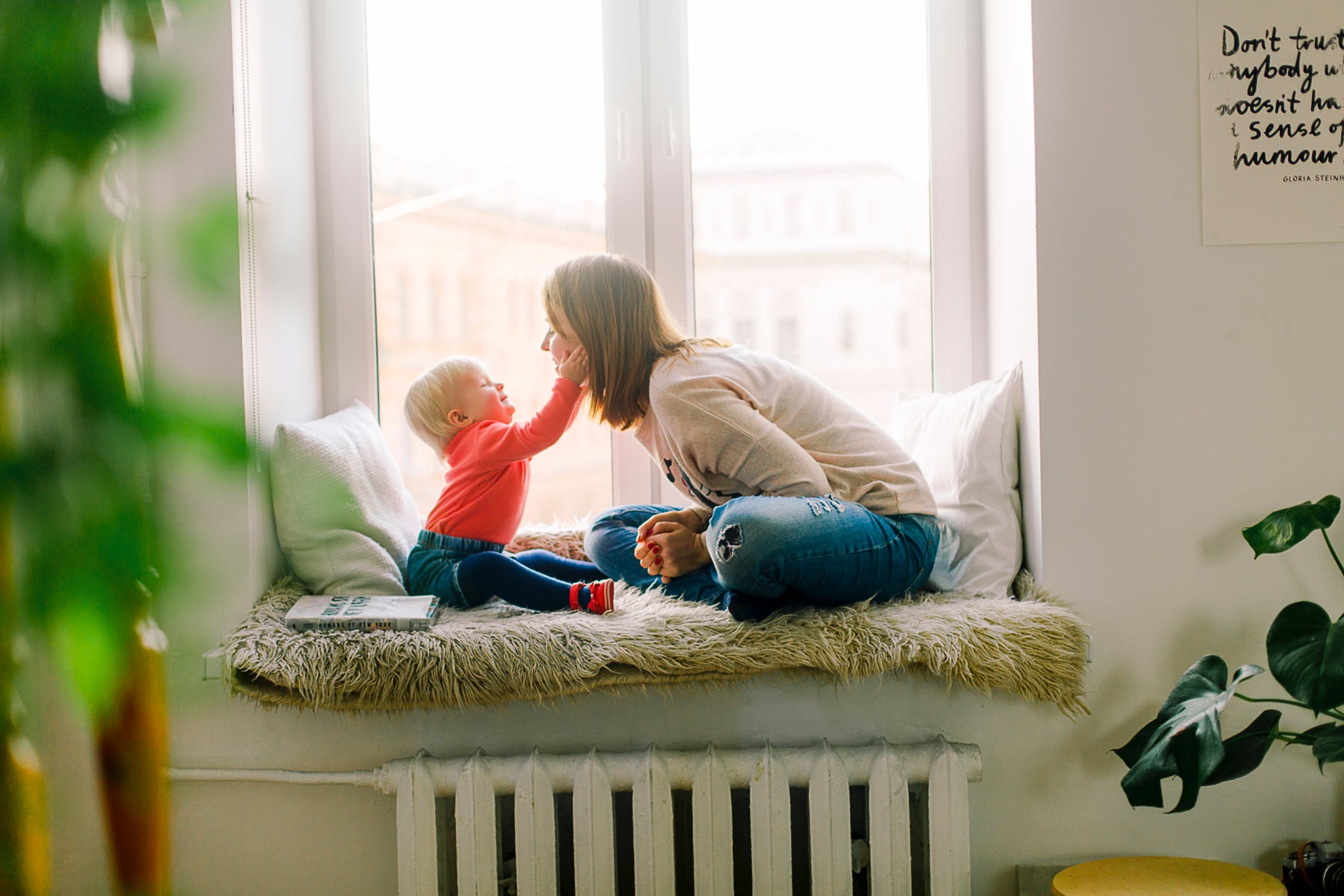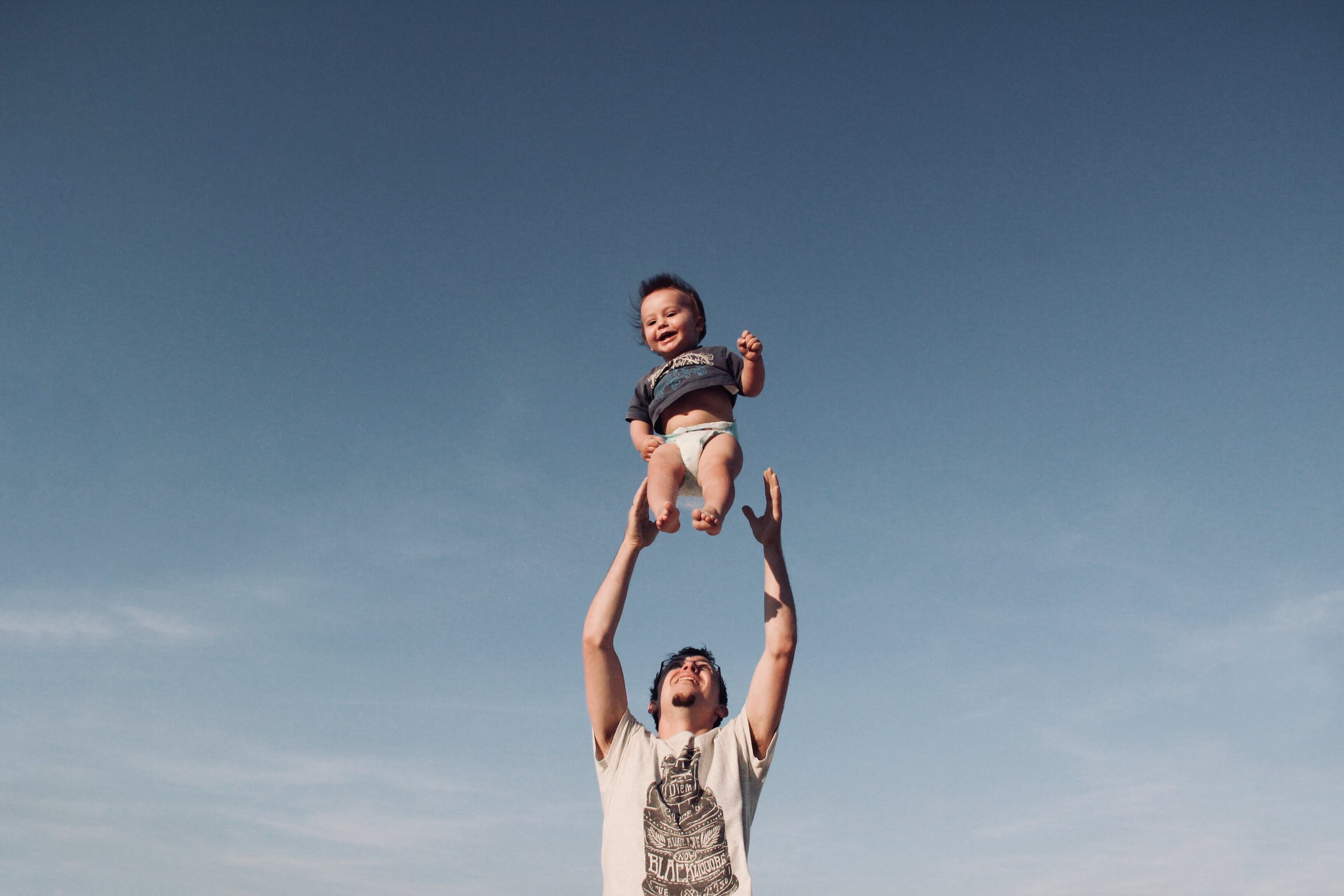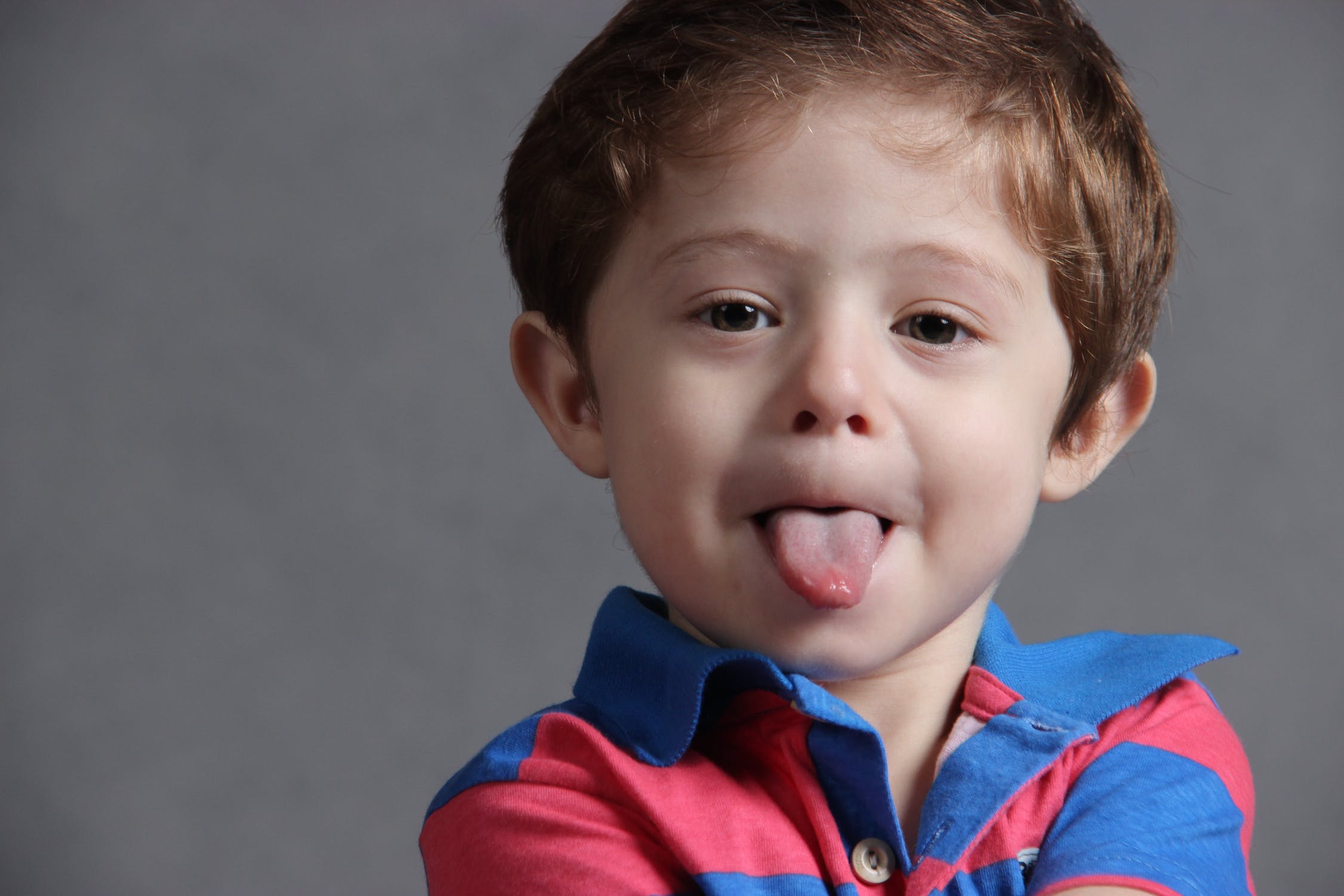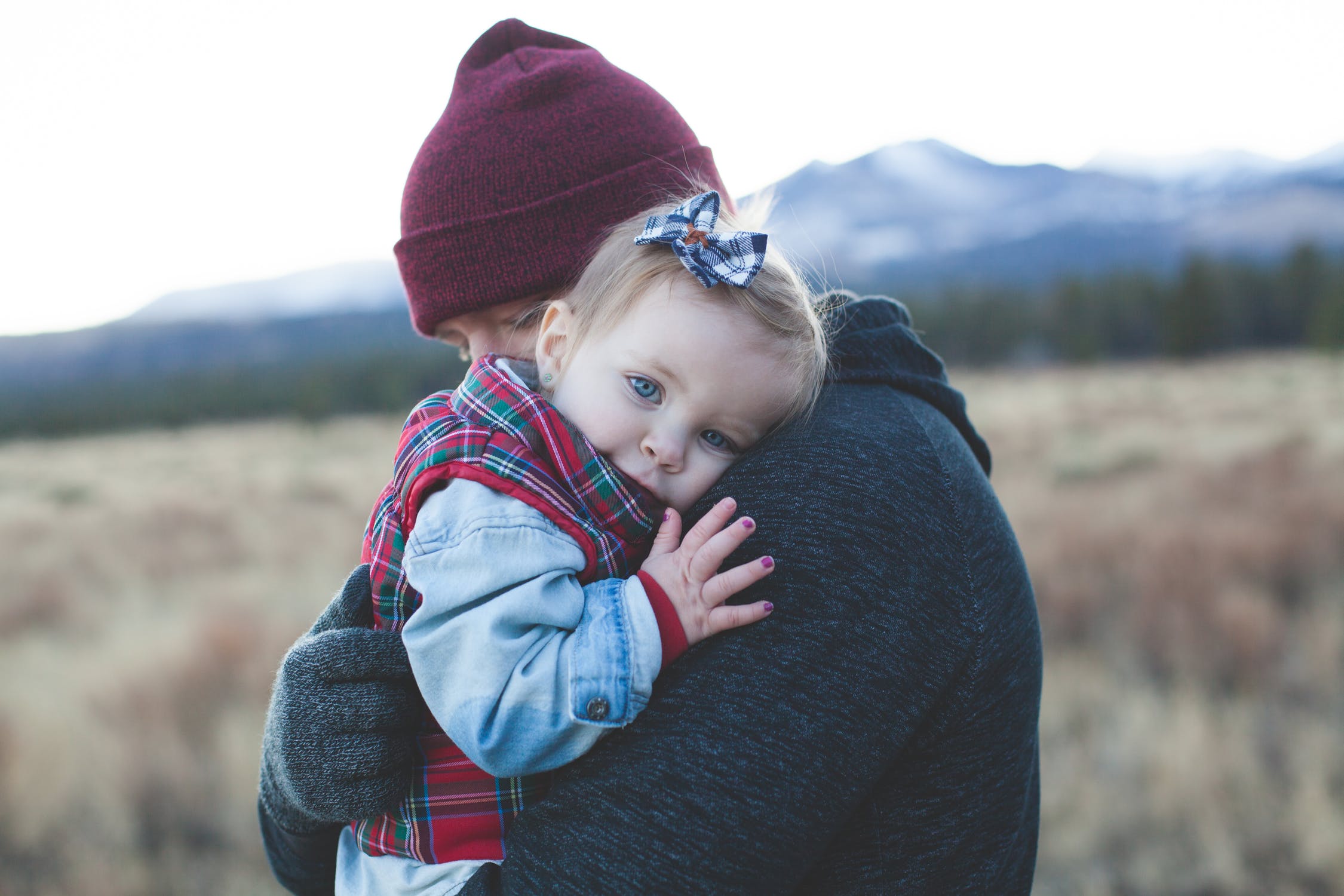If you are following the news cycle, you might have missed the sensible and well-written proclamation President Donald Trump’s administration issued Oct. 31 in honor of National Adoption Month, which occurs throughout November.
I’d like to call out five statements made in the proclamation that are particularly meaningful to me and my family during our first National Adoption Month.
Statement #1: “We celebrate the life-changing act of adoption”
Without question, embryo adoption has transformed our lives and the lives of hundreds of other U.S. families. As the months pass, I’m hearing from more families around the world whose lives have been similarly touched. There’s no need to sugar coat adoption because it brings plenty of challenges for adoptive as well as placing families. But it is a practice worthy of celebrating because it adds new life to families of all kinds across the globe. It gives children hope.
Statement #2: “bring attention to the millions of Americans who are eager to adopt”
There’s no question more couples would adopt if they had confidence they could be successful. There’s no question more couples would push forward if they knew the positives outweigh the hurdles. And I know more couples need a road map for success because I’ve faced the unknowns and wondered whether I had enough information to move ahead. We need to find new channels and pathways for couples to adopt. Embryo adoption is one such path that adoptive and placing families should know about. Too many fertility clinics are ignoring discussions with their clients about adoption. This must change. (And if you are a clinic in the minority and actively spreading the word about adoption, please contact me—I’d like to profile your story here on this blog.)
Statement #3: “Our Nation grows stronger because of the love and sacrifice of parents, both birth and adoptive.”
Diversity is one of the cornerstones of the U.S.—or at least it ought to be. We’ve fought over our differences on so many occasions in the past. Those battles continue. Adoption is a chance to mend and heal. It begins with individual families such as yours and mine.
Statement #4: “Adoption affirms the inherent value of human life and signals that every child ‑‑ born or unborn ‑‑ is wanted and loved.”
The key clauses here are “inherent value of human life” and “born or unborn.” Every person is worthwhile. Everyone deserves a family. People aren’t like dollar bills that can be broken down into different amounts—nickels, dimes and quarters. As the Pledge of Allegiance claims, our nation is indivisible. Its residents are similarly incapable of shifting in value based on how big or small they might be.
Statement #5: “I encourage all Americans to observe this month by helping children in need of a permanent home secure a more promising future with a forever family”
This fits perfectly with a book I’ve been reading, Donald Miller’s “Building A StoryBrand,” which explains how to frame whatever you are selling—whether a new policy, or a book, or a practice such as embryo adoption—so people will respond. Part of that frame is a clear call to action. These words should move us to do something so that more children can enjoy the security and peace of adoption.
Make a donation. Tell a friend. Share a blog post.
How will you make a difference this National Adoption Month? Post a comment below to tell me.



















